
cd_nom

| Author : A. Horellou |
 |
To get the picture, please visit:
Arnaud HORELLOU
Muséum national d'Histoire naturelle - Service du Patrimoine Naturel
36 rue Geoffroy Saint-Hilaire
CP 41
75 231 PARIS CEDEX 05
e-mail : inpn@mnhn.fr
Despite the Creative Commons license, please inform the author of the use which will be made of his photo
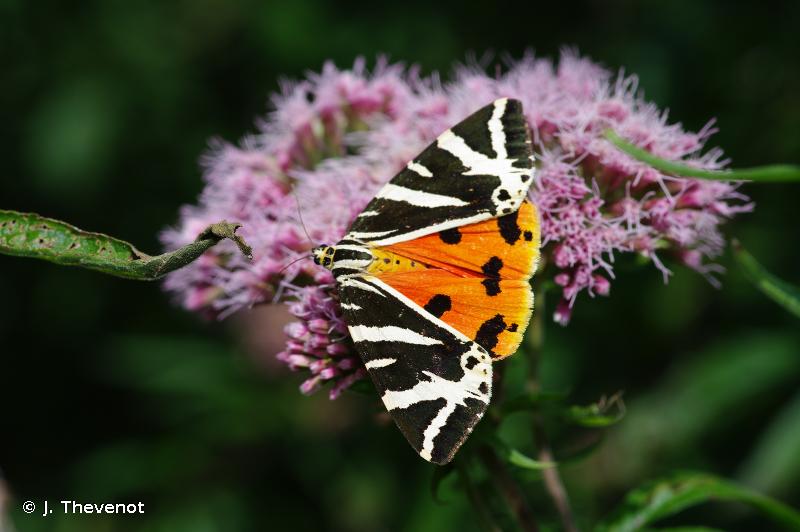
| Author : J. Thevenot |
 |
To get the picture, please visit:
Jessica Thévenot
email : jessicathevenot@gmail.com
Despite the Creative Commons license, please inform the author of the use which will be made of his photo

 |
To get the picture, please visit:
Jean-Jacques Milan
http://jjmphoto.fr/#Galeries.B
Société linnéenne de Bordeaux
email : jean.jacques.milan@wanadoo.fr
Despite the Creative Commons license, please inform the author of the use which will be made of his photo
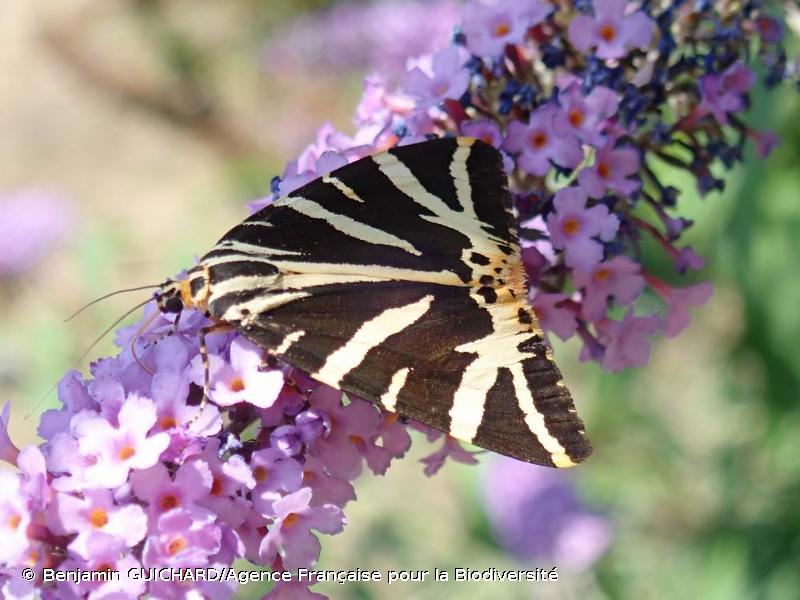
| Author : Benjamin GUICHARD/Agence Française pour la Biodiversité |
 |
To get the picture, please visit:
Benjamin Guichard
email : inpn@mnhn.fr
Despite the Creative Commons license, please inform the author of the use which will be made of his photo
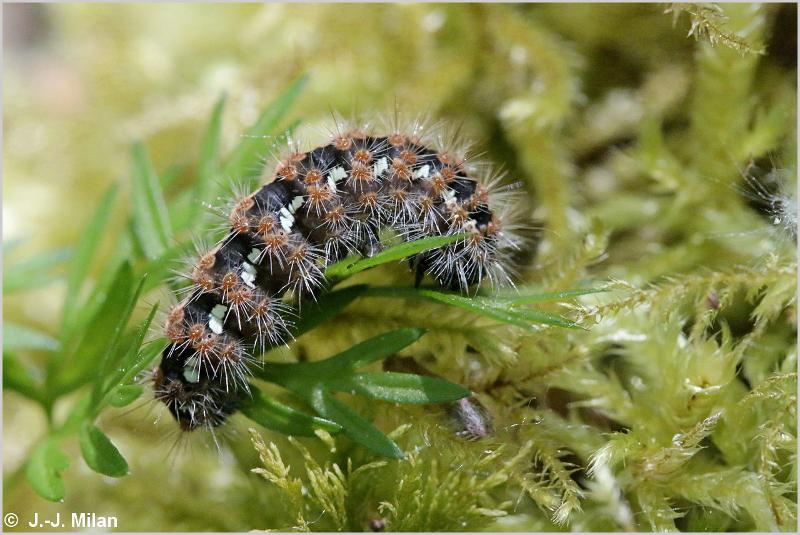
 |
To get the picture, please visit:
Jean-Jacques Milan
http://jjmphoto.fr/#Galeries.B
Société linnéenne de Bordeaux
email : jean.jacques.milan@wanadoo.fr
Despite the Creative Commons license, please inform the author of the use which will be made of his photo
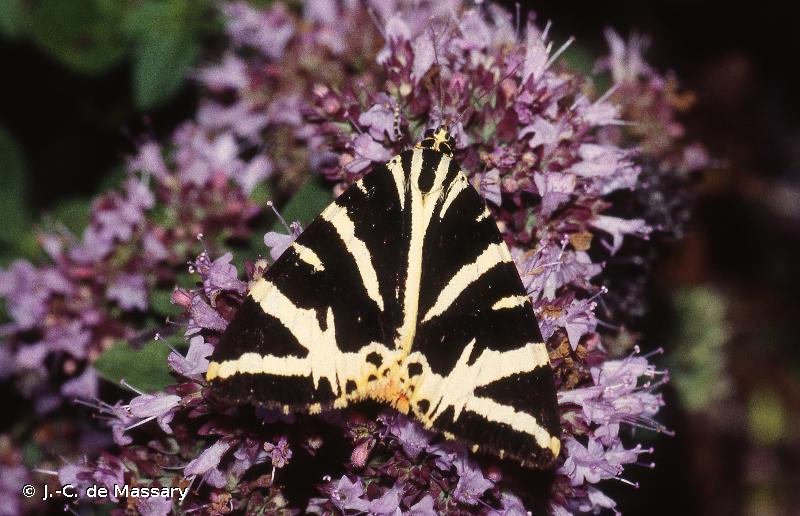
| Author : J.-C. de Massary |
 |
To get the picture, please visit:
Massary (de)Jean-Christophe
25 rue des Sorbiers
60510 LA NEUVILLE EN HEZ
Despite the Creative Commons license, please inform the author of the use which will be made of his photo
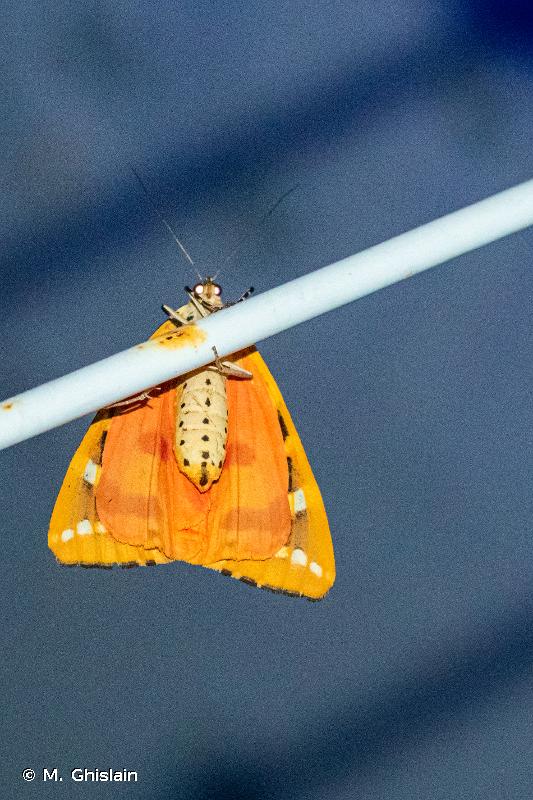
| Author : M. Ghislain |
 |
To get the picture, please visit:
Ghislain Manon
MNHN
43 rue Buffon
75005 Paris
Despite the Creative Commons license, please inform the author of the use which will be made of his photo
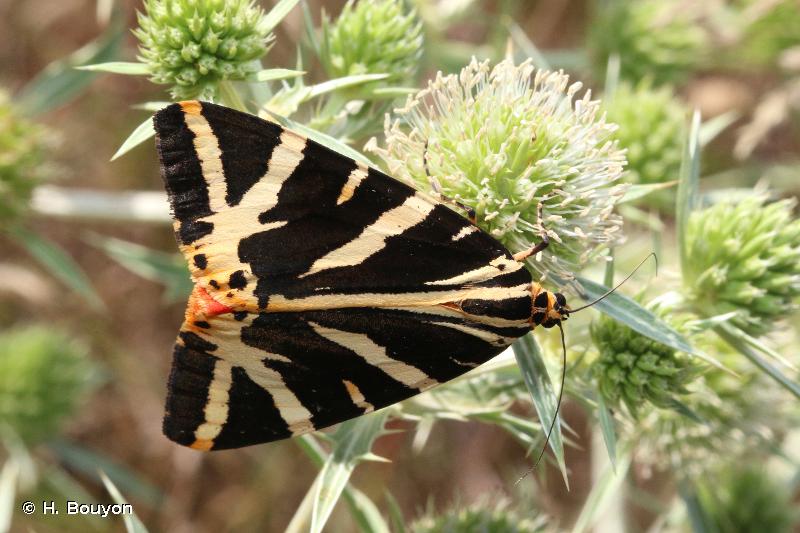
| Author : H. Bouyon |
 |
To get the picture, please visit:
Hervé BOUYON
email : herve.bouyon@wanadoo.fr
Any reuse of one or more photographs on this site is subject to an authorization request from the author.
Link to the Code of Intellectual Property (Legifrance)
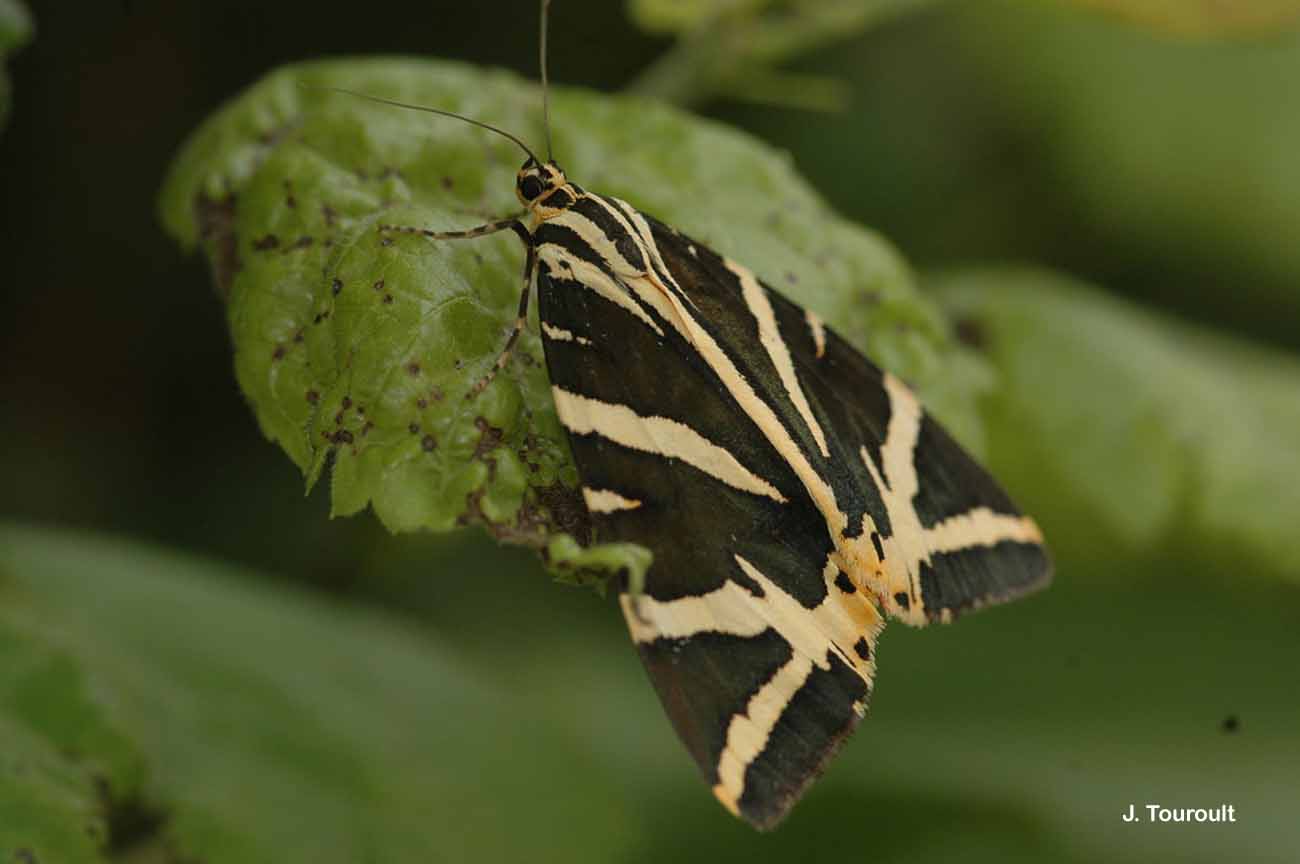
| Author : J. Touroult |
 |
To get the picture, please visit:
Julien TOUROULT
Muséum national d'Histoire naturelle - Service du Patrimoine Naturel
36 rue Geoffroy Saint-Hilaire
CP 41
75 231 PARIS CEDEX 05
e-mail : inpn@mnhn.fr
Despite the Creative Commons license, please inform the author of the use which will be made of his photo
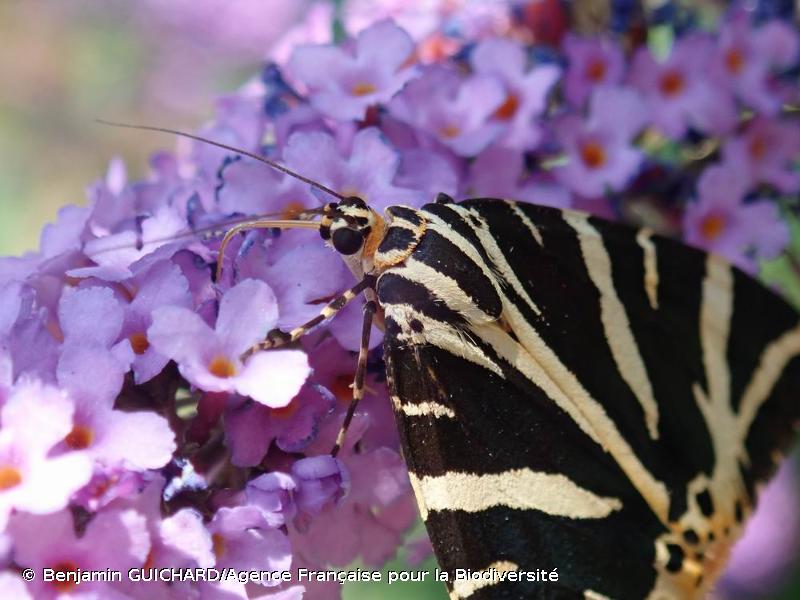
| Author : Benjamin GUICHARD/Agence Française pour la Biodiversité |
 |
To get the picture, please visit:
Benjamin Guichard
email : inpn@mnhn.fr
Despite the Creative Commons license, please inform the author of the use which will be made of his photo
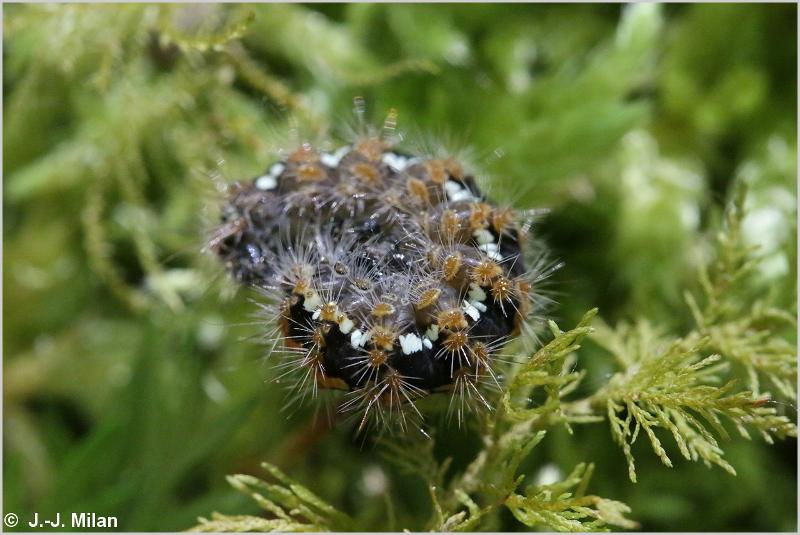
 |
To get the picture, please visit:
Jean-Jacques Milan
http://jjmphoto.fr/#Galeries.B
Société linnéenne de Bordeaux
email : jean.jacques.milan@wanadoo.fr
Despite the Creative Commons license, please inform the author of the use which will be made of his photo
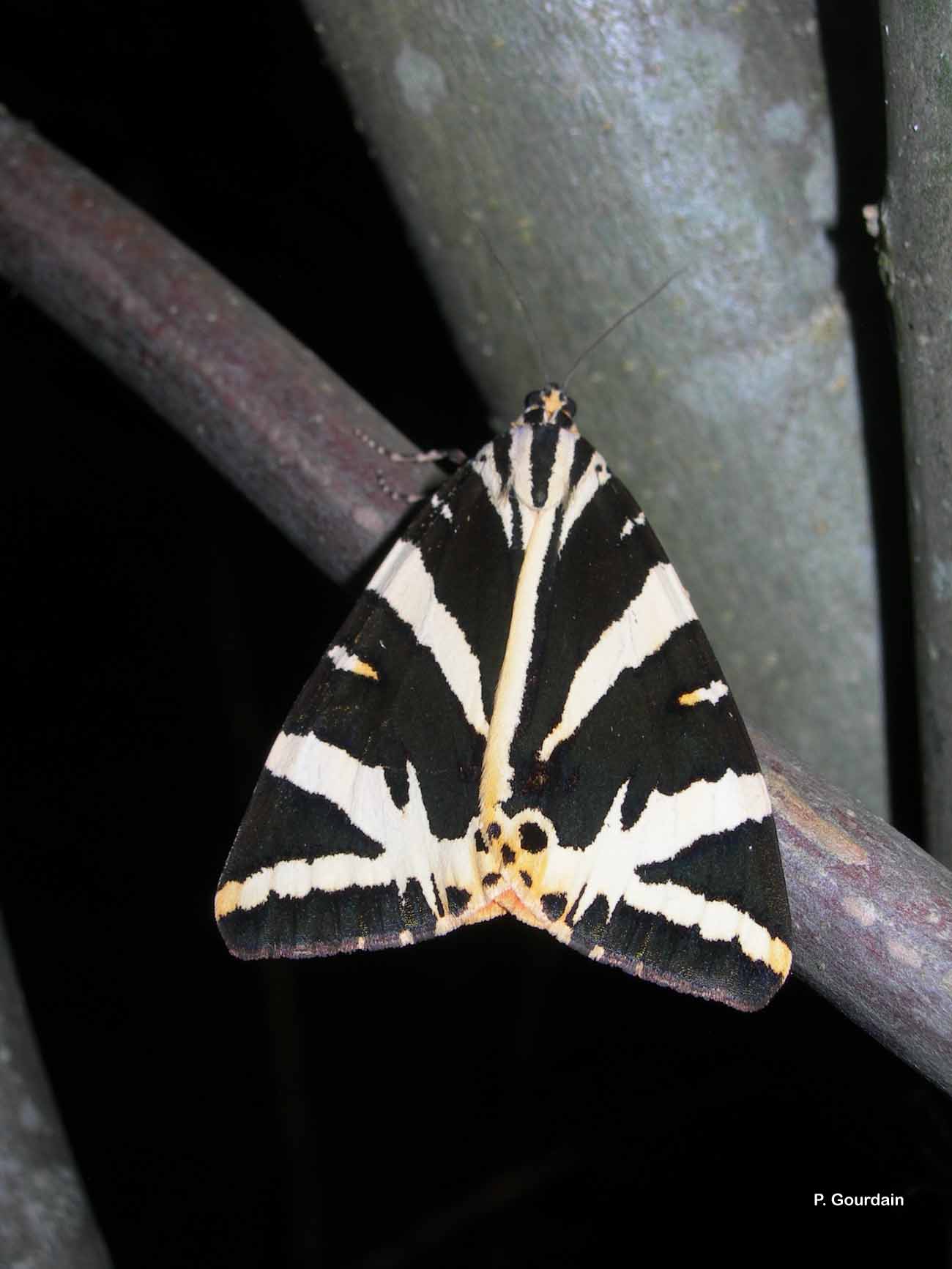
| Author : P. Gourdain |
 |
To get the picture, please visit:
Philippe GOURDAIN
Muséum national d'Histoire naturelle - Service du Patrimoine Naturel
36 rue Geoffroy Saint-Hilaire
CP 41
75 231 PARIS CEDEX 05
e-mail : inpn@mnhn.fr
Legend: Beynes
Despite the Creative Commons license, please inform the author of the use which will be made of his photo

| Author : P. Gourdain |
 |
To get the picture, please visit:
Philippe GOURDAIN
Muséum national d'Histoire naturelle - Service du Patrimoine Naturel
36 rue Geoffroy Saint-Hilaire
CP 41
75 231 PARIS CEDEX 05
e-mail : inpn@mnhn.fr
Legend: Ventiseri
Despite the Creative Commons license, please inform the author of the use which will be made of his photo
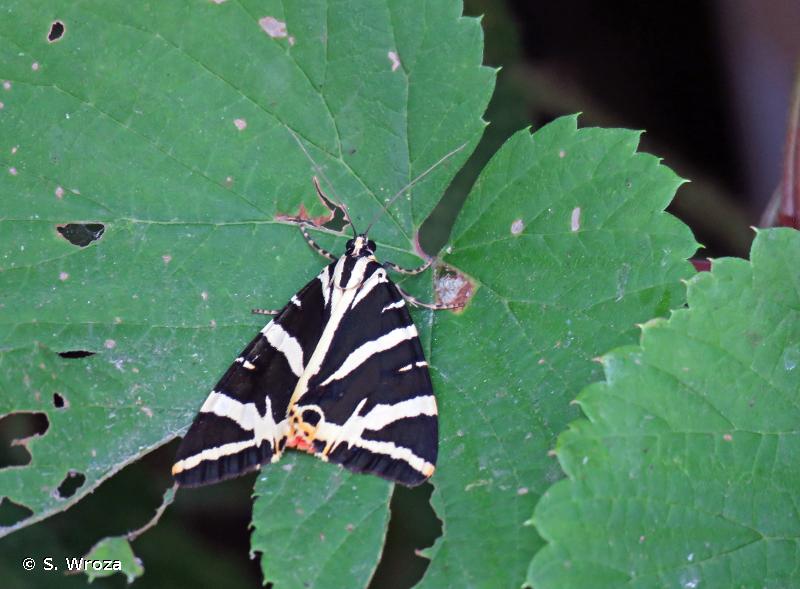
| Author : S. Wroza |
 |
Despite the Creative Commons license, please inform the author of the use which will be made of his photo
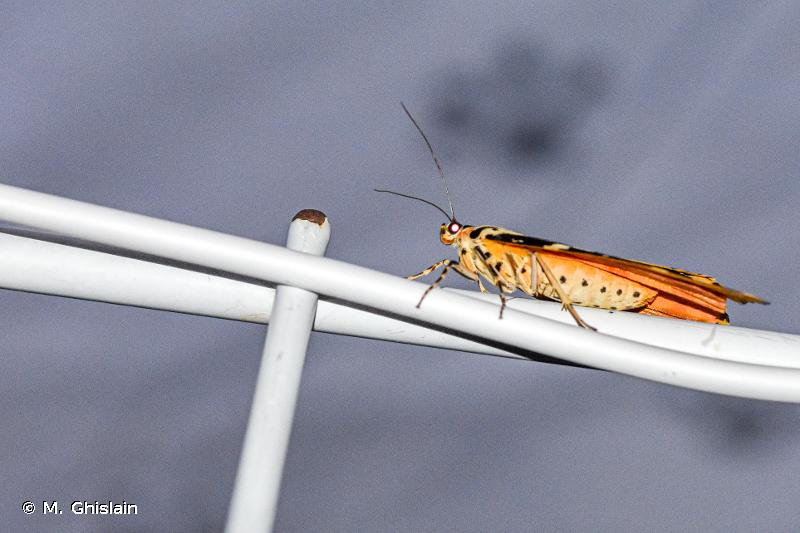
| Author : M. Ghislain |
 |
To get the picture, please visit:
Ghislain Manon
MNHN
43 rue Buffon
75005 Paris
Despite the Creative Commons license, please inform the author of the use which will be made of his photo
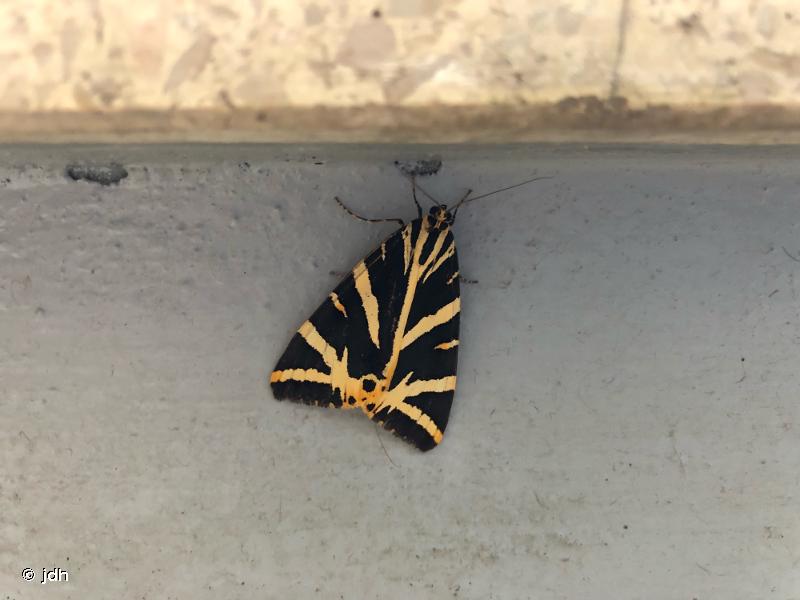
| Author : jdh |
 |
To get the picture, please visit:
jdh
email: inpn@mnhn.fr
Observation partagée via l'application INPN Espèces
Any reuse of one or more photographs on this site is subject to an authorization request from the author.
Link to the Code of Intellectual Property (Legifrance)
Taille/poids :
Longueur de l'aile antérieure : 21-29 mm.
Diagnose :
Le dessus des ailes antérieures est vert noir à reflets métalliques avec des bandes jaunes transversales. Le dessus des ailes postérieures, que l'on aperçoit parfois lorsque l'adulte est posé, est généralement rouge vermillon avec des taches noires. Il existe une forme jaune qui se rencontre principalement dans l'ouest de la France.
Détermination :
L'adulte est simple à reconnaître.
Période d'observation :
Les adultes peuvent être observés de fin juin à fin août.
Biologie-éthologie :
Cette espèce a une génération par an. Au printemps, les chenilles hivernantes achèvent leur développement. Elles sont polyphages sur de nombreuses plantes herbacées ou ligneuses. La chrysalide est localisée dans une fine toile de soie blanche au pied de la végétation. Les adultes ont une activité diurne et nocturne. Ils se reposent fréquemment dans les endroits frais et semblent butiner préférentiellement les fleurs de l'Eupatoire à feuilles de chanvre. Les œufs sont déposés par plaque sur le dessous des feuilles de la plante hôte.
Biogéographique et écologie :
La répartition de l'espèce couvre l'ensemble de l'Eurasie tempérée, l'Afrique du Nord et l'Asie Mineure. C'est une espèce commune notamment dans les zones rudérales. Les adultes sont observés jusqu'à 2 200 m d'altitude.
D'après :
Bensettiti F. & Gaudillat V. (coord.), 2002. « Cahiers d'habitats » Natura 2000. Connaissance et gestion des habitats et des espèces d'intérêt communautaire. Tome 7 - Espèces animales. MEDD/MAAPAR/MNHN. Éd. La Documentation française, Paris, 353 p.
Marmet, P. 2005. Arctiidae - Ecailles. In: Pro Natura - Ligue suisse pour la protection de la nature [Ed] Les Papillons et leurs biotopes. Espèces. Dangers qui les menacent. Protection. Tome 3 Egg. 581-744.
P. Dupont(UMS 2006 Patrimoine Naturel (AFB / CNRS / MNHN)),2016
Continental
Metropolitan France
Overseas
Marine
Metropolitan France
Overseas
The map presents a summary at the 10 x 10 km grid of the observation data for the species transmitted to the SINP. These data have been subjected to validation filters.
The map presents a reference distribution layer of the species at the scale of departments and marine sectors. The presence and absence data were established by expertise within a network of partners. This reference distribution is used in the validation process of the SINP data at the INPN level.
Corresponds to a report on the basis of at least one observation proved within a period of 10 years (20 years for little-known invertebrates) preceding the year and no presumption of extinction since obtaining the last data nor doubt on reproductive and implemented nature of this population. For migratory species, the presence indicated concerns areas of reproduction.
This status is based on one or more of the following criteria:
This point covers the absence, more difficult by nature to demonstrate than presence. This status is based on one or more of the following criteria:
This status must be assigned to a department in which the presence of the species is casual.
Particular case of absence due to a proven extinction less than a half century ago (older disappearances are treated as "no probable or definite").
In the state of knowledge, we can not comment on the presence or absence in the current department. This is the default status when not comprised in one of the previous categories or whenever there is doubt.
The map shows the global distribution of the species based on GBIF data (Global Biodiversity Information Facility).
